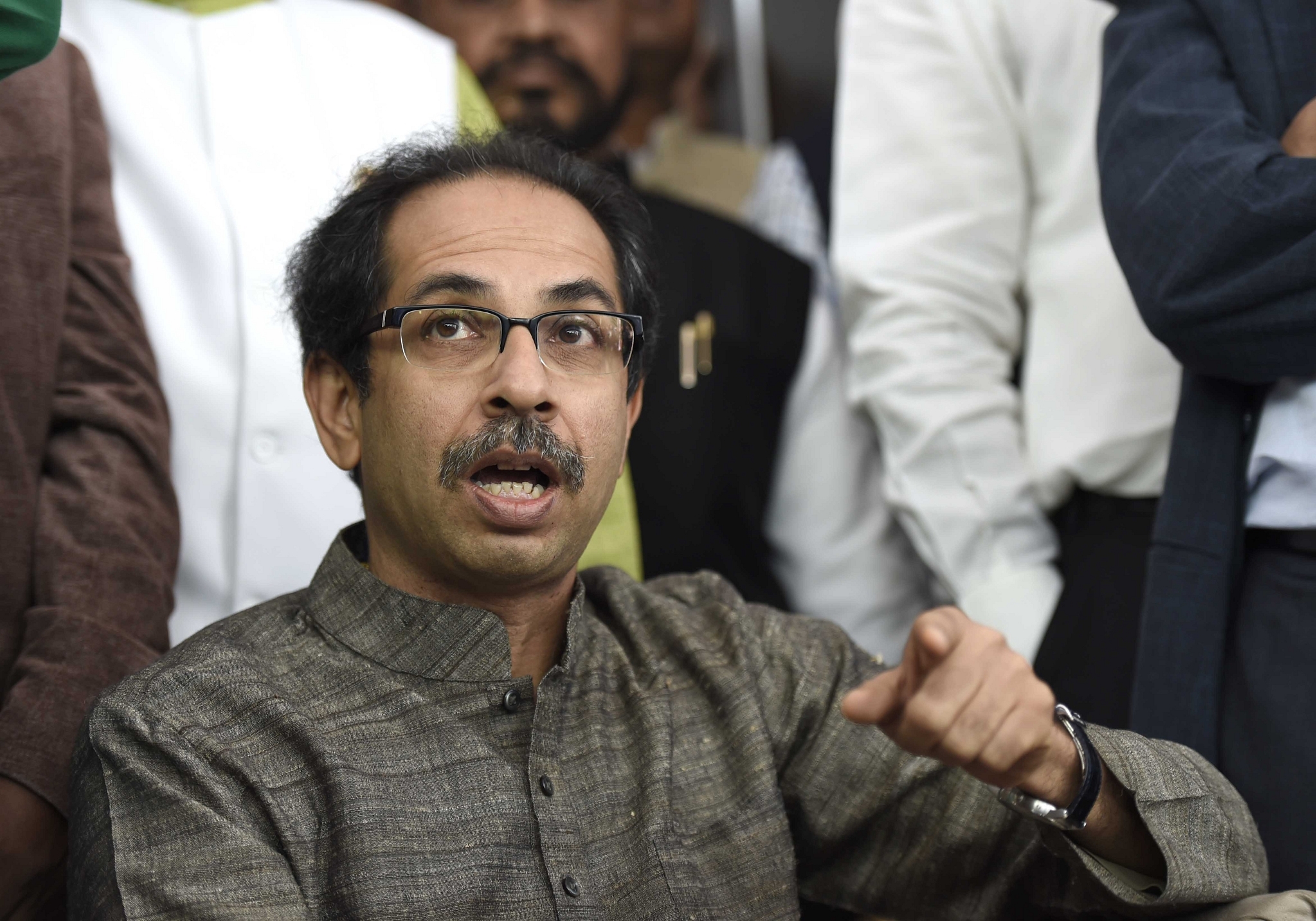News Brief
After Aarey, Uddhav Thackeray Announces Plan To Shift $44 Billion Nanar Refinery Project

Maharashtra CM Uddhav Thackrey (Photo by Arvind Yadav/Hindustan Times via Getty Images)
Maharashtra Chief Minister (CM) Uddhav Thackeray reiterated that the proposed oil refinery project will not come up at Nanar village in Ratnagiri district.
Addressing a press conference on Wednesday (10 March), Thackeray said, “I don’t change my stand on a whim. It may be a beneficial project for the State, but locals are against it. A few people met me saying they had purchased plots near the proposed site. I am not going to change my decision for them. We are committed to the locals.”
He added that “the government knows it cannot give up a big project like this. Projects do bring money, but the environment is also an issue. The locals have opposed it over environmental concerns. The project will go ahead at an alternative location with consent from the locals,” reports The Hindu.
In June 2019, the then CM of Maharashtra Devendra Fadnavis said that the state government has identified a new site for the planned $44 billion oil refinery in Raigad district which lies about 100 km south to Mumbai.
Initially, the refinery had been proposed to be built at Nanar, a village in the Ratnagiri district, some 400 km south of Mumbai. Later, the state government changed the plans as thousands of farmers protested fearing that the development could damage the region famous for its Alphonso mangoes, vast cashew plantations and fishing hamlets.
The Saudi Aramco and ADNOC will have a 50 per cent stake in the Ratnagiri Refinery & Petrochemicals Ltd (RRPCL), the company that is building the project, while the remainder will be held by State run companies - Indian Oil Corporation, Bharat Petroleum Corporation and Hindustan Petroleum.
Support Swarajya's 50 Ground Reports Project & Sponsor A Story
Every general election Swarajya does a 50 ground reports project.
Aimed only at serious readers and those who appreciate the nuances of political undercurrents, the project provides a sense of India's electoral landscape. As you know, these reports are produced after considerable investment of travel, time and effort on the ground.
This time too we've kicked off the project in style and have covered over 30 constituencies already. If you're someone who appreciates such work and have enjoyed our coverage please consider sponsoring a ground report for just Rs 2999 to Rs 19,999 - it goes a long way in helping us produce more quality reportage.
You can also back this project by becoming a subscriber for as little as Rs 999 - so do click on this links and choose a plan that suits you and back us.
Click below to contribute.
Latest